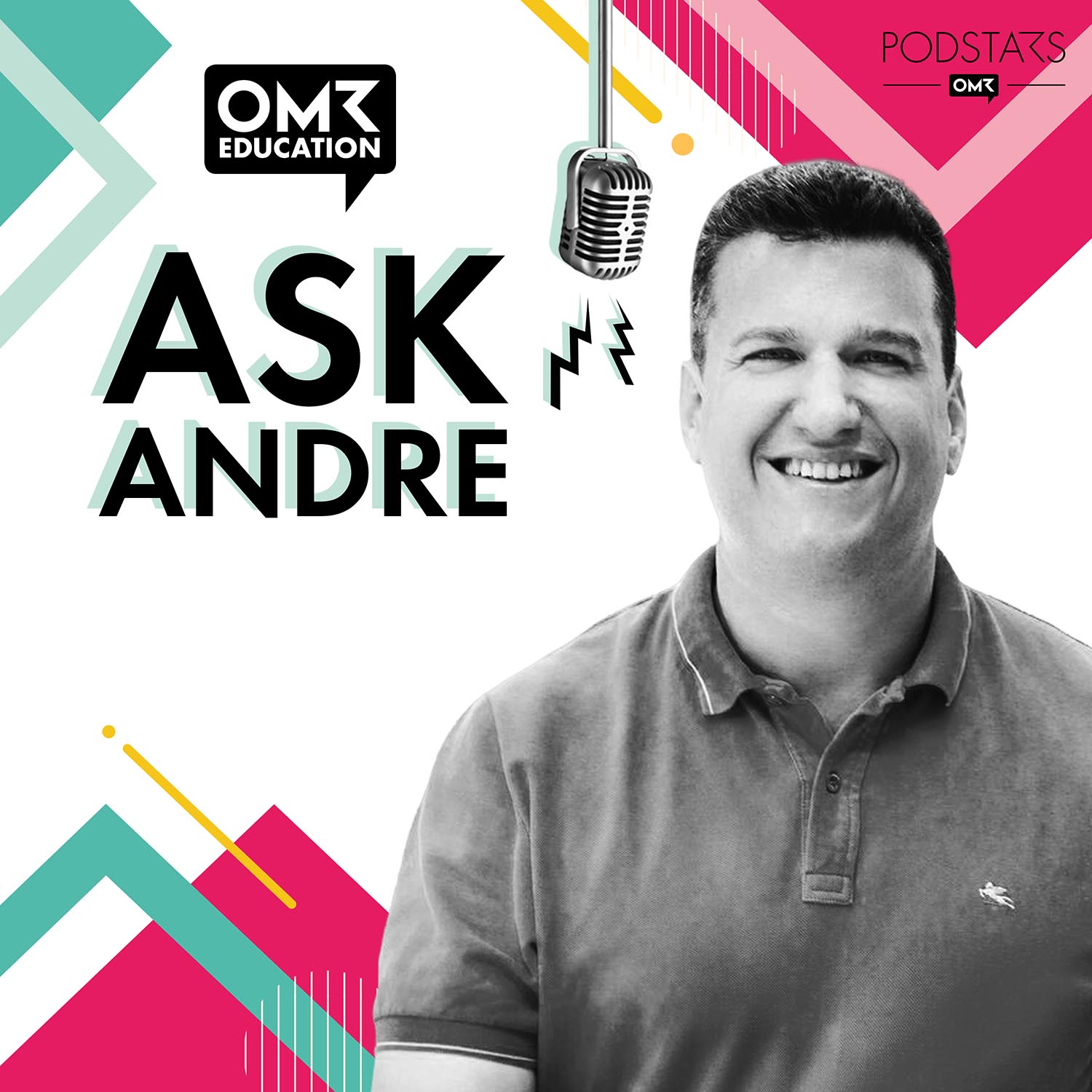Performance Marketing
Performance marketing is a discipline of online marketing that refers to the performance, measurability and optimization of marketing measures. Because numbers don't lie - especially not in data-driven marketing. OMR shows you how to use performance marketing strategically and provides tips on channels, tools and training.
What is performance marketing?
Performance marketing is a data-oriented discipline in which the results of your advertising measures are made measurable. The success or failure of your campaign is illustrated with the help of so-called KPIs (key performance indicators).
Differentiation from other marketing disciplines
While more traditional marketing disciplines such as content marketing pursue difficult-to-understand goals such as brand awareness, performance marketing focuses on a data-driven strategy and measurable results. This includes actions, i.e. clicks, conversions and sales. The ultimate goal is to optimize the return on investment (ROI). The better the ROI, the more efficient the advertising.
Why is performance marketing important?
The advantage of performance marketing lies in the control and optimization of your marketing measures. By focusing on the KPIs, you can understand which campaigns are successful and which need to be adjusted to generate more leads or sales. This leads to a more efficient use of your marketing budget and can give you a competitive advantage in the long term.
Channels in performance marketing
In performance marketing, there are a variety of channels that advertisers can use to reach potential customers. The most important of these include search engine advertising (SEA), social media marketing, affiliate marketing and email marketing.
Search engine advertising (SEA)
The top places on the results pages of search engines such as Google are highly competitive. Those who manage to land here literally put themselves ahead of their competitors and can secure clicks from users. To get ahead of the organic, unpaid hits, many companies place paid ads. This advertising is known as search engine advertising (SEA).
Ads in search engines can be placed using keywords or automated algorithms so that potential buyers are reached precisely when they are actively searching for solutions. This reduces wastage. The ads are therefore particularly efficient compared to other channels.


Social media advertising
On social media platforms such as Instagram, Facebook and TikTok, you can place ads in the platforms' feeds, stories and messengers. Because the user base is particularly large and diverse, almost every niche can be reached. This is made possible by the platforms' targeting options. With KPIs such as the click-through rate (CTR) or the conversion rate, success can be tracked in real time, allowing you to flexibly adapt and optimize your campaigns.



Affiliate marketing
In affiliate marketing, so-called affiliates, for example creators or bloggers, publish thematically relevant content with voucher codes or embedded links to your products and services. In return, affiliates receive a commission for successfully referring customers or sales.
Affiliate marketing allows you to expand your target group and generate immediate sales. Due to the low financial risk, smaller companies in particular have the opportunity to try out influencer marketing without booking expensive influencers.
Email marketing
With the help of email marketing, you can communicate directly with potential or existing customers. With personalized newsletters, you can increase your customer loyalty and motivate interested parties to buy - all on a comparatively low budget. Important KPIs in email marketing are the open rate, click-through rate (CTR) and conversion rate.
Performance marketing strategy
In simple terms, the creation of a performance marketing strategy consists of four steps:
- Target definition
- Selection of the appropriate marketing channel
- Controlling
- Optimization
1. Target definition
The first step in your performance marketing strategy is to define your goals. It is best to formulate these using the SMART formula so that they are specific, measurable, attractive, realistic and time-bound.
The definition creates a comprehensible basis for everyone involved in the campaign and makes it easier to measure success. The definition of the aforementioned KPIs plays a decisive role here.
An example of a SMART-formulated goal would be:
“The click-through rate (CTR) of our weekly newsletter to our website should increase from three to five percent within the next four months by optimizing the subject line and call-to-actions (CTAs).”
2. Choose a marketing channel
Based on your defined goals, it's time to select the marketing channel for your performance marketing. You have already seen a selection of the most important channels: SEA, social media advertising, affiliate marketing and email marketing.
You can choose either a single channel or a combination of different channels. Keep in mind that each channel has its specific advantages and disadvantages - depending on your goal.


3. Controlling and analysis
After selecting the right channels and launching the campaign, the phase in which you monitor the results begins. You do this with the help of tracking tools such as Google Analytics or other conversion tracking systems. You will receive an overview of relevant key figures and can assess the success of your campaigns or make adjustments if necessary.
4. Optimization
You can now optimize your campaign using the data evaluated in the previous step. If, for example, the evaluation of your Google Ads campaign, which is intended to increase the number of sales, shows that the click rate of the ad is high but the conversion rate is low, you should look at various aspects of your website:
- Is your landing page designed to be user-friendly or does it need optimization here?
- Does the call-to-action or the unique selling point of your product need to be emphasized more in the ad text or creatives?
- Do your selected keywords bring the desired qualified traffic, or should you adjust them?
The aim of continuous improvement is to continuously improve your performance and identify successful methods for future advertising measures.
Setup for your performance marketing
Your goals have been defined, the right channels selected - now all that's missing is the right setup for your performance marketing strategy. This includes defining your budget, selecting the right tools and allocating human resources.
Budget
Money is a basic resource you need to get started with performance marketing. After all, your ad placements have to be paid for. That's why you should plan your budget before you start a performance-driven campaign.
A decisive factor for the budget is the goal you want to achieve with the campaign. You also need to consider the channel, the target group and target group size, the duration and the cost-per-action. Planning with a flexible budget helps you to be able to adjust it if necessary (e.g. if an ad is performing particularly well or poorly).
Tools
In addition to the budget, your technical setup plays an important role. Data forms the foundation of your actions. Accordingly, your technical infrastructure must be designed for analyzing and utilizing data. You can access your data through data analysis tools, CRM software, or the ad manager.
Jobs
Of course, human resources must not be overlooked either. It is important that the people in your performance marketing team bring broad knowledge in digital marketing and are qualified in areas such as data analysis, content creation, and ad management.
Initially, it doesn't matter whether your team is small or large. What’s more important is that each team member is familiar with the channels. Just as diverse as the disciplines in performance marketing are, the role of a performance marketing manager can also vary widely.
Conclusion
Performance marketing is an essential component of online marketing and should by no means be missing from your marketing mix. It allows you to control and optimize your campaigns in real-time, enabling you to target customers more effectively. With the right strategy, a well-thought-out setup, and a specialized team, significant success can be achieved.





Tl;dr
Too long; didn’t read – Key Questions at a Glance:
1. What is Performance Marketing?
Performance marketing is a data-driven discipline in online marketing, where the effectiveness of advertising activities is made measurable. KPIs like clicks, conversions, and sales indicate campaign success.
2. Why is Performance Marketing important?
It enables continuous management and optimization of campaigns based on measurable results. This allows for more efficient use of the marketing budget and creates a long-term competitive advantage.
3. Which channels are relevant in Performance Marketing?
Key channels include search engine advertising (SEA), social media advertising, affiliate marketing, and email marketing. These channels enable targeted outreach to potential customers and provide measurable results.
4. How is a Performance Marketing strategy developed?
The strategy involves defining goals, choosing the appropriate channel, monitoring (controlling), and optimizing. Each step contributes to maximizing performance and identifying successful campaign methods.
5. What does the setup for Performance Marketing include?
The setup includes budget planning, selecting the right tools, and human resources. A flexible budget and the right technical infrastructure are essential for effective data analysis and campaign management.










